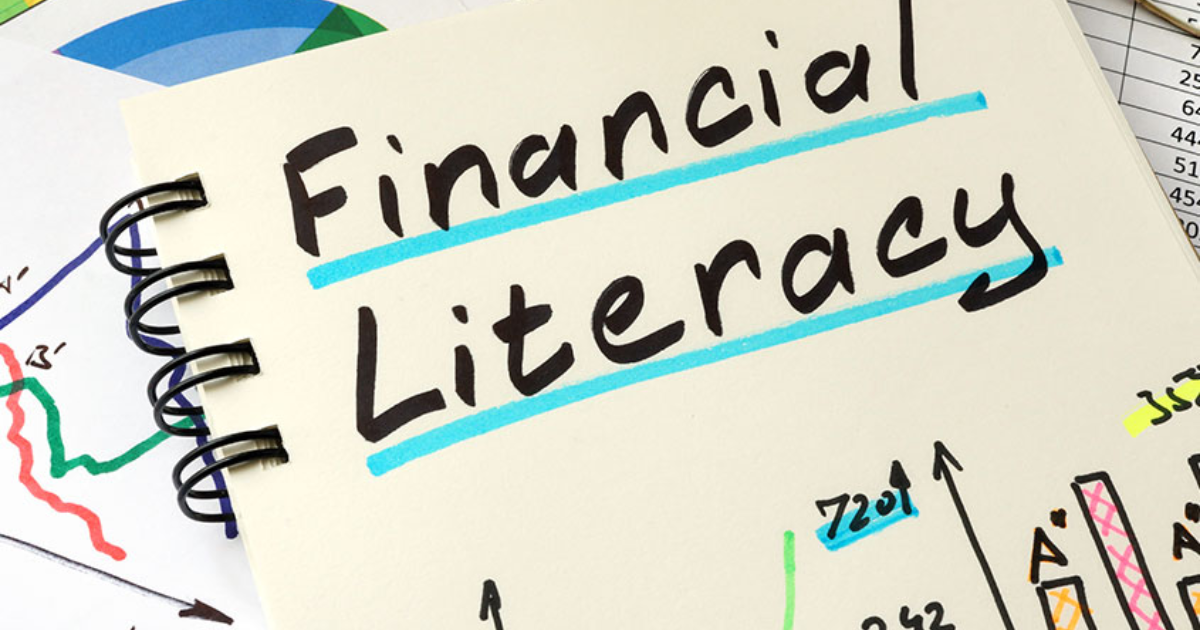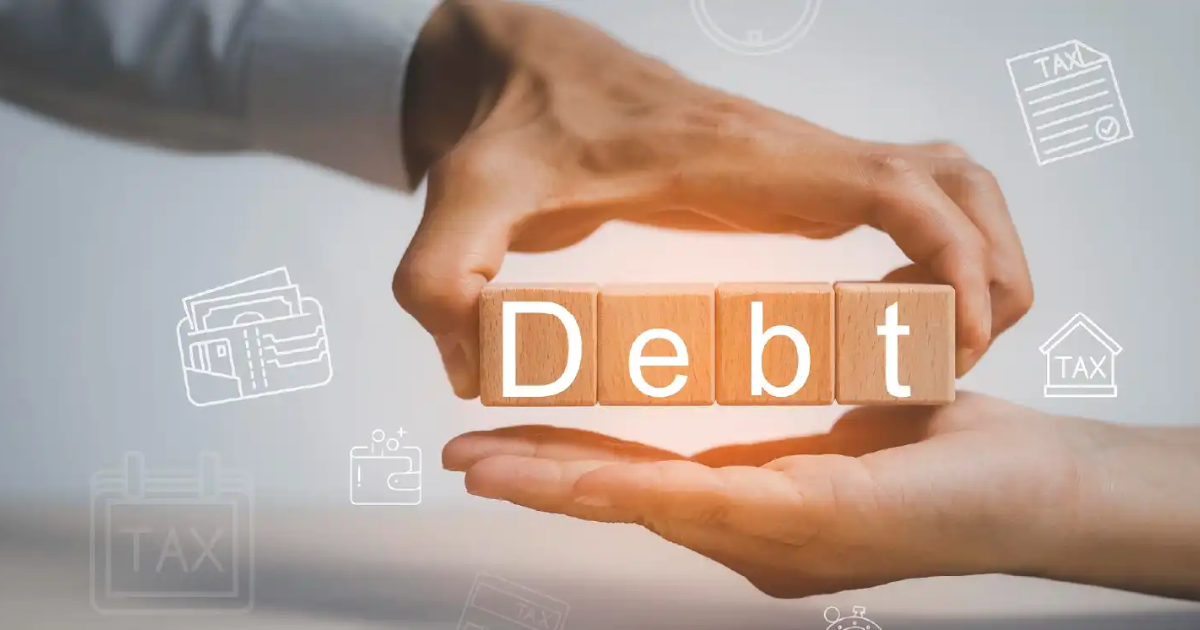Creating a budget is one of the most powerful steps you can take to take control of your financial future. Yet, many people struggle with sticking to a budget. The key to successful budgeting isn’t about restricting yourself from spending—it’s about managing your money in a way that aligns with your goals and lifestyle.
In this article, we’ll explore how to build a realistic budget that works for you, keep track of your spending, and ensure that you can stick to it without feeling deprived.
Why a Budget is Essential

A budget provides a clear picture of your finances. It helps you understand where your money is going, control unnecessary spending, and prioritize your financial goals. Whether you’re saving for an emergency fund, planning for a vacation, or aiming to pay down debt, having a budget can make these goals achievable.
Step 1: Determine Your Income
Assess Your Monthly Income
The first step in building a budget is knowing exactly how much money you have coming in each month. This is the foundation upon which your entire budget will be built.
Include All Sources of Income
- Primary Job: Your salary or hourly wage
- Side Gigs: Freelance work, tutoring, or other secondary sources of income
- Passive Income: Rental income, dividends, or interest earned from investments
Why This Is Important
You can’t build a sustainable budget without knowing how much money you have to work with. Make sure to account for after-tax income—your take-home pay—not your gross income.
Step 2: Track Your Spending
Review Your Past Expenses
Before you create a new budget, take a deep dive into your previous month’s expenses. Use bank statements, credit card bills, and mobile apps to identify all of your spending habits.
Categorize Your Spending
- Fixed Expenses: Rent/mortgage, utilities, insurance premiums, loan payments
- Variable Expenses: Groceries, transportation, entertainment, dining out
- Savings and Debt Repayment: Emergency fund, retirement, credit card payments, student loans
Why This Step Matters
Understanding your spending habits helps you identify areas where you can cut back or allocate more money toward savings or investments.
Step 3: Set Financial Goals
Short-Term vs. Long-Term Goals
Your budget should be guided by your financial goals. Start by establishing clear and specific financial goals, both short-term and long-term.
Short-Term Goals
- Build an emergency fund
- Pay off credit card debt
- Save for a vacation or special purchase
Long-Term Goals
- Save for retirement
- Buy a home
- Establish financial independence
Why Setting Goals Is Key
Having clear goals helps you stay motivated and gives purpose to your budgeting efforts. When you know exactly what you’re working toward, it’s easier to make intentional spending decisions.
Step 4: Choose a Budgeting Method
50/30/20 Rule
This method is a simple and popular budgeting approach that divides your income into three categories:
- 50% for Needs: Rent, utilities, insurance, transportation
- 30% for Wants: Dining out, entertainment, vacations
- 20% for Savings and Debt Repayment: Emergency fund, retirement contributions, debt reduction
Zero-Based Budgeting

With zero-based budgeting, you allocate every dollar of your income to specific categories, including savings and debt repayment. This method ensures that no money goes unaccounted for and is ideal if you want complete control over your finances.
The Envelope System
The envelope system is a cash-based budgeting method where you assign a specific amount of money to different spending categories (e.g., groceries, entertainment). Once the envelope is empty, no more spending occurs in that category for the month.
Why the Right Method Matters
Choosing a method that works for your lifestyle and goals is essential to staying on track. If one method doesn’t work, try another until you find the approach that suits your needs.
Step 5: Create Your Budget
Make a List of All Expenses
Once you’ve tracked your spending and established your goals, it’s time to build your budget. Start by listing all of your expenses, including fixed and variable costs.
Fixed Expenses
- Housing (rent or mortgage)
- Utilities (electricity, water, gas)
- Insurance (health, car, life)
- Loan payments (student loans, car payments)
Variable Expenses
- Groceries
- Transportation (gas, public transport)
- Entertainment (movies, dining out)
- Personal care (gym memberships, beauty products)
Savings and Debt Repayment
- Emergency fund
- Retirement savings (401k, Roth IRA)
- Debt payments (credit card, personal loans)
Why This Step Is Crucial
A well-structured budget will give you a realistic view of your financial situation and help you prioritize your expenses.
Step 6: Find Areas to Cut Back
Analyze Your Spending for Waste
Identify areas where you can reduce spending to free up money for savings or debt repayment.
Areas to Cut Back
- Subscription services: Review any monthly subscriptions you don’t use (e.g., streaming services, gym memberships).
- Dining out: If eating out is a frequent expense, consider cooking more at home.
- Impulse purchases: Track your spending on non-essential items and evaluate whether they align with your financial goals.
Why Cutting Back is Essential
Reducing unnecessary expenses is one of the quickest ways to create more space in your budget. Even small savings can add up over time and help you achieve your financial goals faster.
Step 7: Automate Your Finances

Automate Savings and Bills
Once you’ve established a budget, set up automatic transfers for savings and bill payments. This helps you stick to your goals and avoid late fees.
Automated Savings Tools
- 401(k) contributions: Have a portion of your paycheck automatically deposited into your retirement account
- Emergency fund: Set up a recurring transfer to your savings account
- Bill payments: Automate utility, mortgage, and loan payments to avoid missed due dates
Why Automation Works
Automation removes the decision-making process, making it easier to save and manage your money. It also reduces the temptation to overspend.
Step 8: Review and Adjust Regularly
Make Your Budget a Living Document
Your budget should not be static. Review it at least monthly to ensure you’re staying on track. Adjust for any changes in income, spending, or financial goals.
What to Review
- Have you met your savings goals?
- Are there any unexpected expenses that need to be accounted for?
- Are you staying within your fixed and variable spending limits?
Why Regular Reviews are Important
Reviewing your budget regularly ensures that you’re making progress toward your goals. It allows you to make necessary adjustments and stay accountable.
Also Read : Top 10 Investment Tips For Beginners In 2025
Conclusion
Building a budget you can stick to doesn’t have to be difficult. By assessing your income, tracking spending, setting clear financial goals, and choosing a budgeting method that works for your lifestyle, you can achieve financial freedom and security. The key to success is consistency—check in on your budget regularly and make adjustments as needed to stay on track.
FAQs
How do I stick to a budget?
Sticking to a budget requires discipline and consistency. Use tools to track your spending, set realistic goals, and automate savings and bills to ensure you’re staying on track.
What if I don’t have enough income to cover all my expenses?
If your income doesn’t cover all your expenses, start by cutting back on discretionary spending (e.g., entertainment, dining out) and look for ways to increase your income (e.g., side hustles or freelance work).
How often should I adjust my budget?
Review your budget monthly to ensure you’re meeting your goals. If your financial situation changes—like a salary increase or an unexpected expense—make adjustments as necessary.
Can I still enjoy life while sticking to a budget?
Absolutely! A budget is meant to give you control over your finances without sacrificing enjoyment. Build in “fun money” for entertainment, travel, and other pleasures while still meeting your financial goals.
What if I overspend one month?
Don’t panic. Assess where you overspent and adjust your budget for the next month. Make sure to avoid repeating the same mistakes and learn from the experience.








